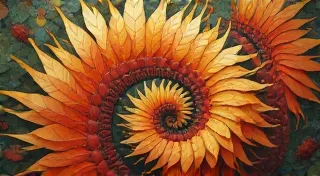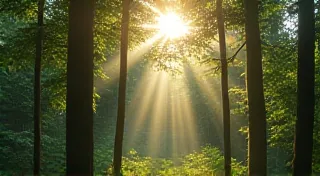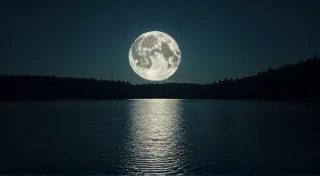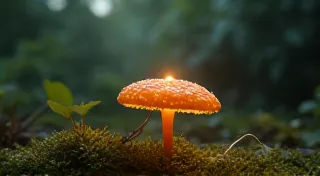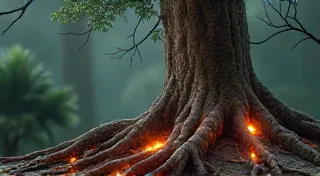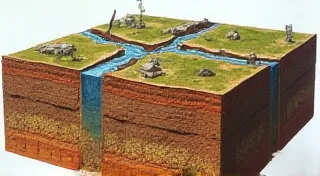The Geomancer’s Cipher: Fairy Rings as Ley Line Markers
The scent of damp earth, the sudden circular clearing, the whispering expectancy…a fairy ring. They’re more than just circles of mushrooms; they are portals to a deeper understanding of the land, echoing with forgotten beliefs and hinting at energies we barely comprehend. For centuries, these curious formations have captivated the imagination, sparking tales of fairies dancing, lost souls, and pathways to the otherworld. But what if the folklore isn't just metaphorical? What if fairy rings, with their seemingly random appearance, are, in fact, acting as natural markers, guiding lines within the earth’s subtle energy grid – what geomancers call ley lines?
My own fascination began, as many do, with a childhood memory. My grandfather, a taciturn man who rarely spoke of his past, possessed an antique accordion. Not one of the flashy modern models, but a beautifully crafted instrument, its bellows a complex weave of aged leather, its keys ivory yellowed with time. He’s taught me how to care for it, explaining how the tiny rivets and carefully shaped reeds each played a role in its soul. The accordion itself felt connected to the land, resonating with a quiet hum. It brought to mind the traditional folk music of his ancestors and felt deeply, intrinsically linked to the earth. He often took me to a meadow near his home, a place where a perfect fairy ring bloomed each autumn. He’s never explained it beyond saying, "Respect the circle, lad. Some places hold secrets best left undisturbed.”
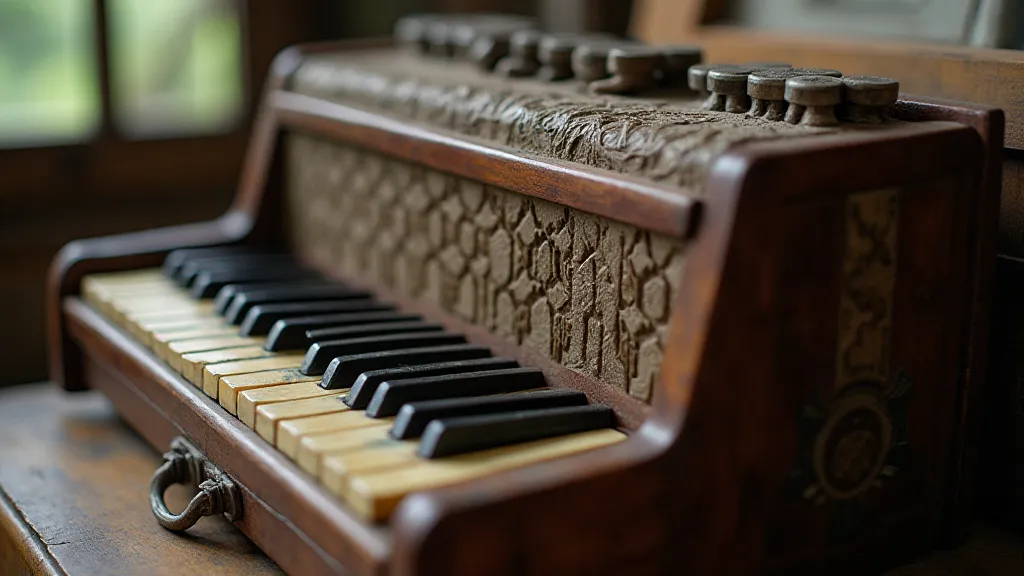
The Folklore: A Common Thread
Across cultures, the folklore surrounding fairy rings is remarkably consistent. In England, they're often associated with dances of the fairies, a place to be avoided after dark. Stepping within the ring is said to lead to a dizzying trance, imprisonment by the fairies, or even death. Similar beliefs are found in Ireland, Scandinavia, and Germany. The Slavic cultures also hold these circles as portals or sacred groves, not always sinister, but always charged with a power beyond human understanding. In Lithuania, they’re believed to be the sites of ancient pagan rituals, marking places of communion with nature spirits.
The unifying theme isn't always about malicious intent, though. In many regions, fairy rings are seen as places of healing or heightened intuition. They can be gateways to dreams, sources of inspiration, or simply places where the veil between worlds is thin. This duality – the combination of fear and reverence – suggests that these locations possess an inherent energy, something powerful enough to inspire both awe and apprehension. The very act of creating a circle – a sacred geometry – implies a deliberate marking, a boundary between the mundane and the extraordinary. But who, or *what*, created this boundary?
The Geomancer's Perspective
The modern concept of geomancy, particularly its intersection with ley lines, offers a compelling framework for understanding fairy rings beyond simple folklore. Ley lines, hypothesized pathways of subtle earth energies, have been traced back to ancient cultures. While their existence remains debated in mainstream science, practitioners of geomancy argue that these lines influence everything from natural landscapes to human settlements. They believe that sacred sites, ancient monuments, and even seemingly random natural features often align along these lines, drawing power from them.
Consider the pattern itself. A circle is a potent symbol in many cultures, representing wholeness, eternity, and the cosmos. Its appearance naturally draws the eye. Could fairy rings be acting as visual markers, natural formations that somehow amplify or intersect with the flow of ley lines? The mushroom mycelium, the underground network from which the fairy ring grows, is itself a marvel of natural engineering. It spreads outwards in a radial pattern, seeking nutrients and connecting to the earth in ways we’re only beginning to understand. It’s conceivable that this process is influenced by the underlying energy flows within the earth, resulting in the circular formations we observe.
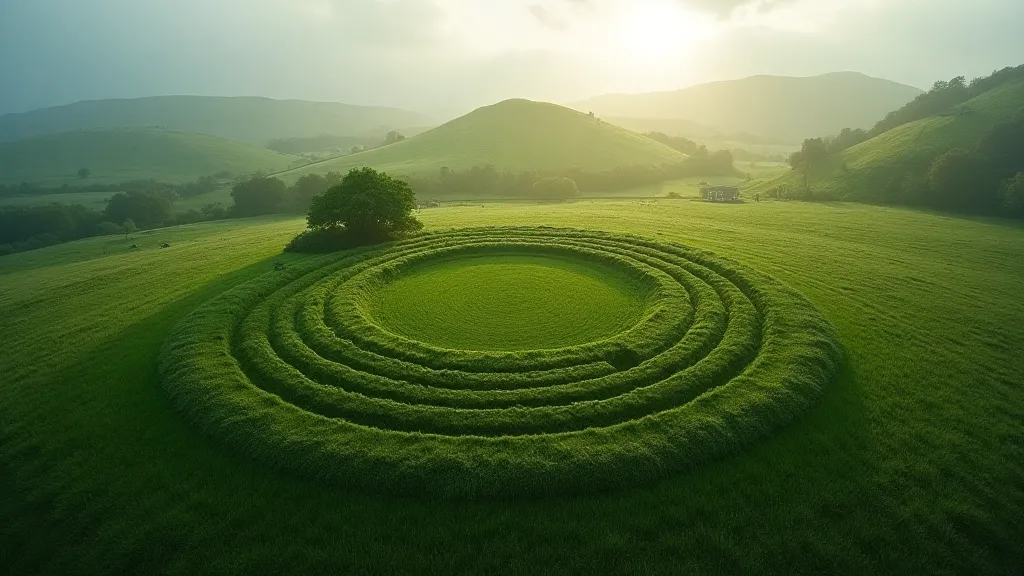
Regional Variations and Significance
The interpretation of fairy rings varies widely across regions, reflecting local geomantic traditions and folklore. In Cornwall, England, for example, the rings are often linked to tin mining, with some believing that the presence of a ring indicated a rich vein of ore. This connection might stem from the fact that ley lines are thought to influence mineral deposits. In Germany, particularly in the Black Forest, fairy rings are seen as markers of ancient healing springs, places where the earth’s energy is particularly potent. The Celtic tradition emphasizes the interconnection between the land and the ancestors, suggesting that the rings might be locations where the spirits of the departed linger, drawn to the earth’s energetic flow.
The intensity of belief and reverence surrounding fairy rings often reflects the overall geomantic awareness of the region. In areas where dowsing and earth energy practices are common, the rings are more likely to be perceived as significant markers. Where geomancy is less prevalent, they might simply be viewed as curious natural phenomena, lacking the deeper spiritual resonance that they hold for those attuned to the earth’s energies.
Restoration and Collecting: A Geomantic Connection
My grandfather's accordion served as more than just a source of music; it was a tangible link to his heritage, a conduit for the spirit of the land. Restoring and collecting antique instruments, particularly those with a strong connection to folk traditions, can be seen as a form of geomancy in itself. Each instrument holds a history, a resonance with the place and people it once served. The careful cleaning, repairing, and preservation of these objects—paying attention to the delicate workings and original craftsmanship—is a way of honoring that history and preserving the energetic signature of the past. Understanding the materials – the careful selection of wood, the precision of the reed placement - becomes a process of uncovering a hidden geography of skill and knowledge.
Similarly, a collector’s passion for antique tools or objects linked to a specific region can become a study in the subtle energies that shaped that place. By appreciating the artistry and functionality of these objects, one can gain a deeper understanding of the land and its people.
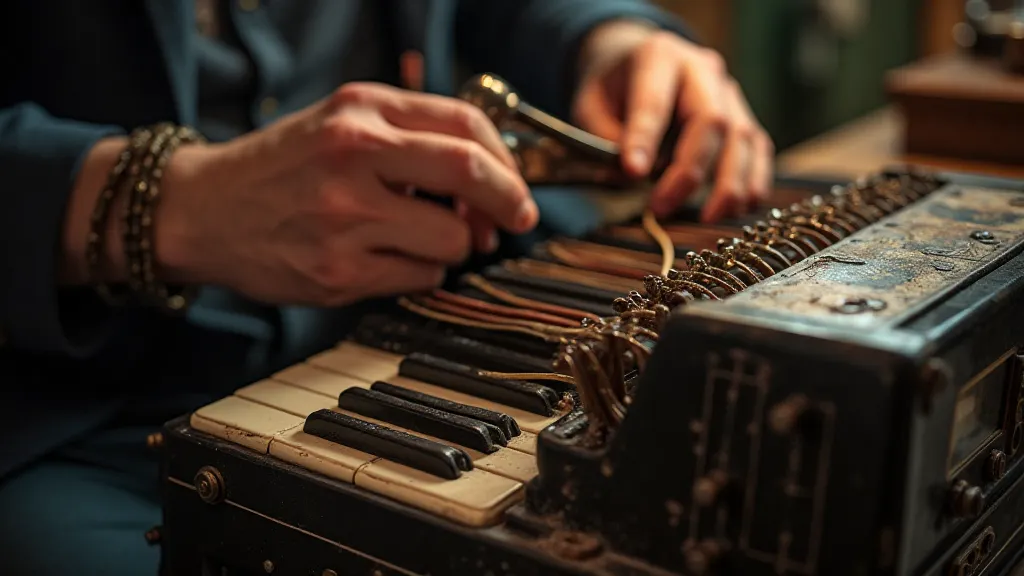
A Continuing Mystery
The connection between fairy rings and ley lines remains a hypothesis, an intriguing possibility that invites further exploration. While scientific proof may be elusive, the enduring folklore and the observations of geomancers suggest that there’s more to these circular formations than meets the eye. They are whispers from a forgotten language, echoes of a time when humanity was more deeply attuned to the earth’s rhythms. Perhaps, as we restore and collect these fragments of the past, we are, in a small way, restoring our own connection to the land and its hidden energies, listening for the geomancer's cipher embedded within the circle.
